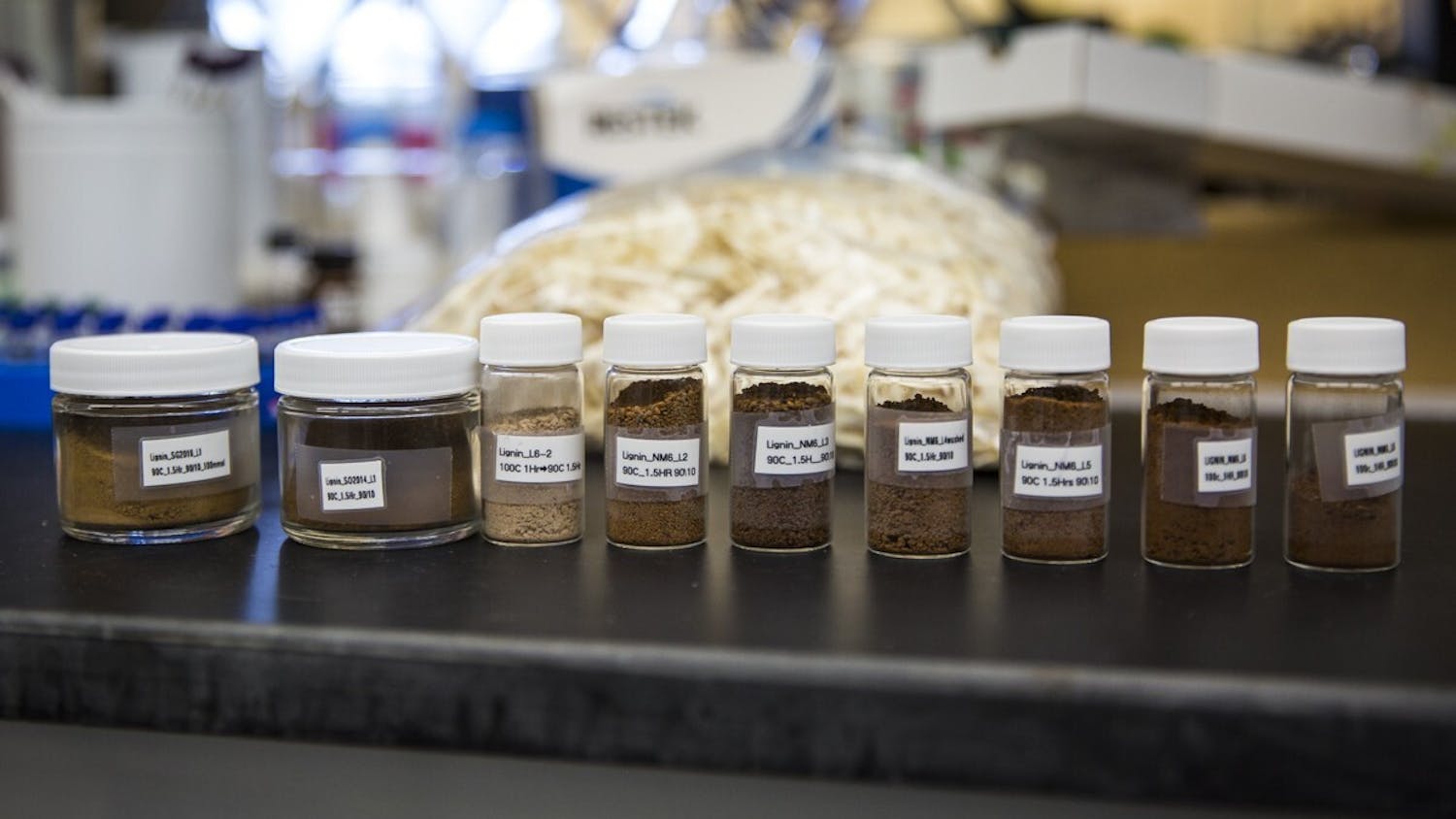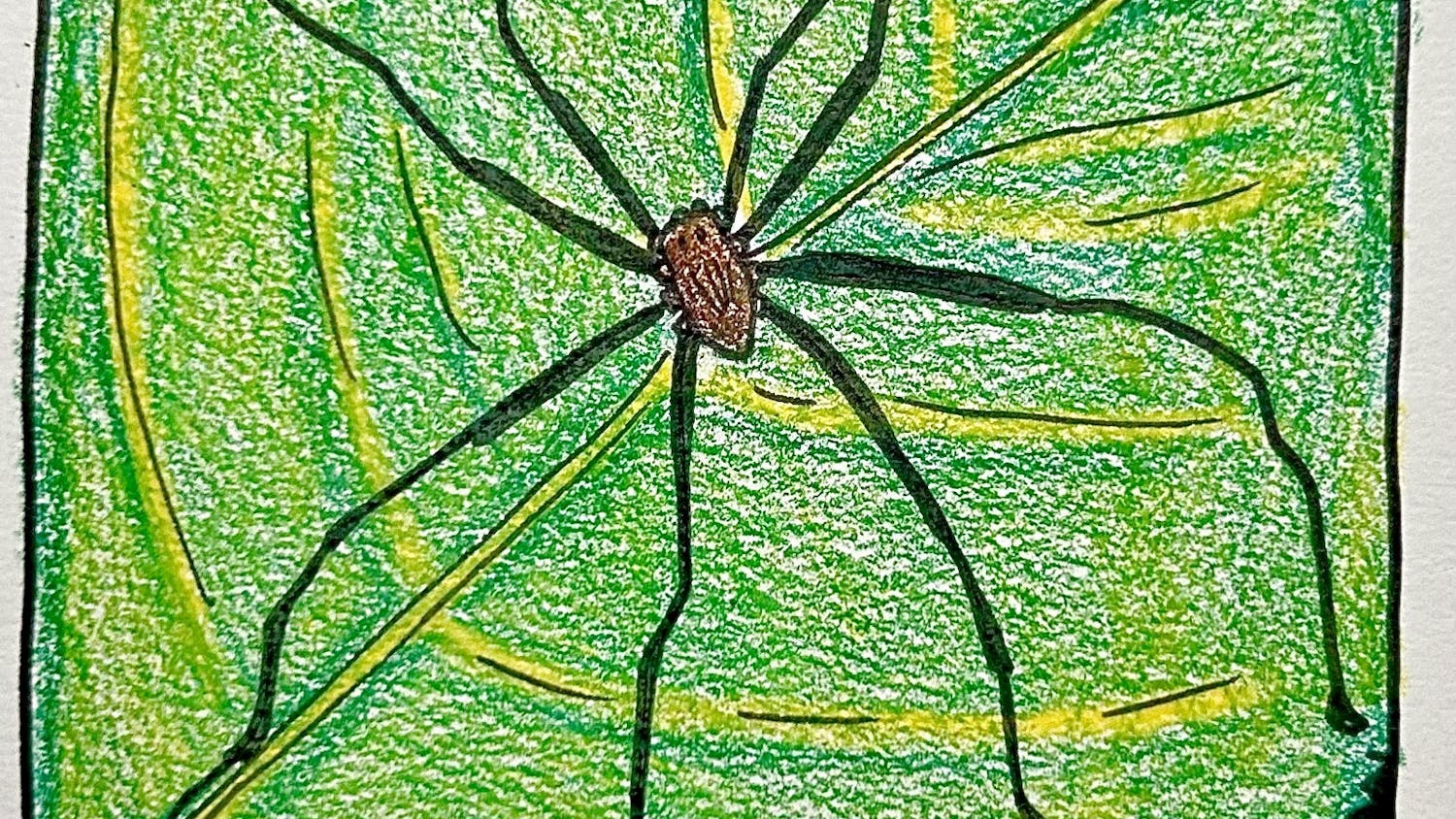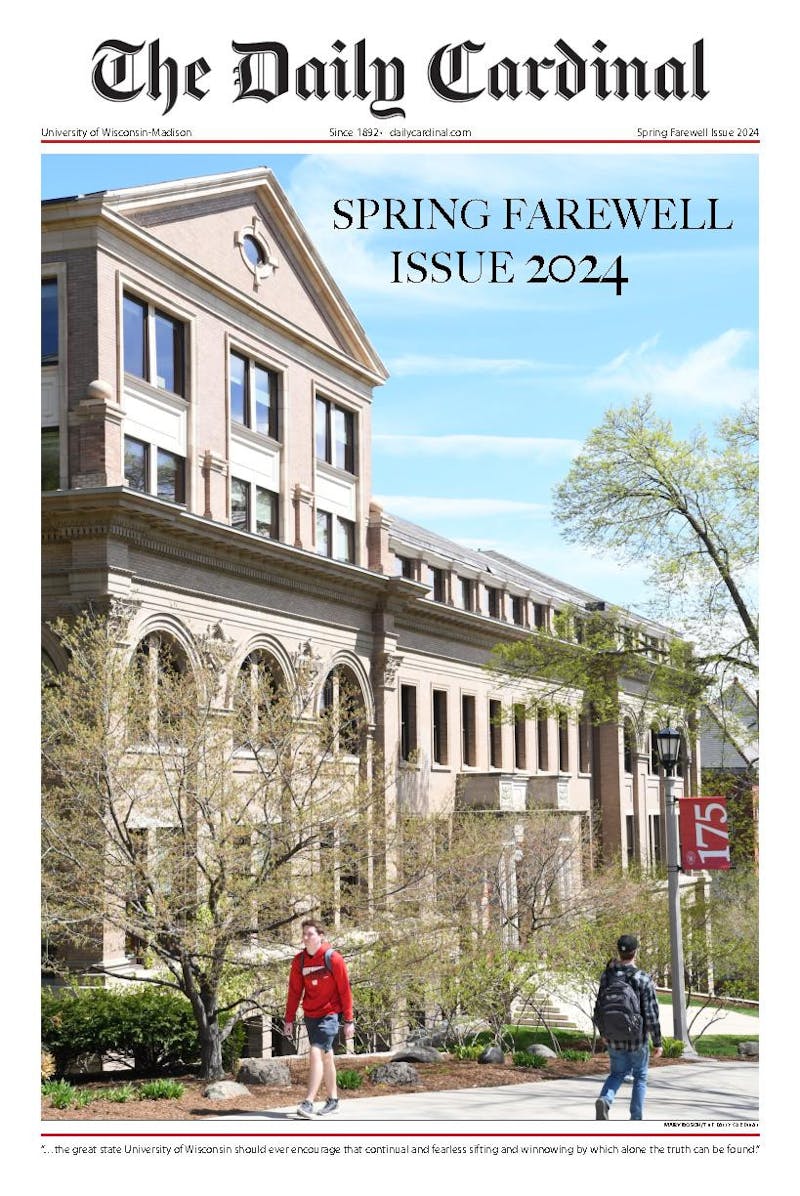The United States has been one of the world’s leading countries in terms of scientific innovation throughout the past few decades. This would not be possible without the over $400 billion our government invested in research and development grants. It is no surprise that the University of Wisconsin-Madison is a major contender for this money as it is one of the nation’s top research universities with an over $2 billion endowment in the year of 2013.
Recently, a collaborative team from the UW-Madison and the Morgridge Institute for Research were one of the 11 national universities to receive further national funding to continue their research for the National Institute of Health’s Tissue Chip for Drug Screening Program. This program, which is a collaboration between the NIH, Defense Advanced Research Projects Agency and the Food and Drug Administration, aims to make the process in which drugs go from discovery to FDA approval and market more efficient.
The current drug development timeline is lacking a way of determining whether a successful pre-clinical drug trial will have the same results in human clinical trials. Over 30 percent of drugs that reach the human clinical trial phase of the timeline are determined to be toxic to humans even though they passed pre-clinical toxicity experiments in animals.
One of the Tissue on the Chip for Drug Screening Program’s main goals is to solve this problem. To do so, the NIH recruited national universities to develop specific tissue chips for different human organ systems. Eventually, the universities chosen will collaborate and combine their models into a “human chip” that can mimic the structure and functions of the human body and would provide a faster and cheaper way of predicting whether a known compound is toxic or nontoxic to humans before investing in expensive human clinical trials.
The collaborative team from UW-Madison and the Morgridge Institute worked together as part of this national project to develop a tissue chip which mimics a developing brain. The team is led by three UW-Madison professors who specialize in different fields.
Principal Investigator of the project and director of Regenerative Biology in the Morgridge Institute, James Thomson, along with assistant scientist Zhonggang Hou, has helped the team by contributing different cell types from human pluripotent stem cells that are important for proper brain and blood vessel function.
Biomedical engineering professor William Murphy and Michael Schwartz, a post-doc in Murphy's lab, were in charge of creating a synthetic hydrogel that could support neural tissue growth for Thomson’s brain cells. This platform is important as it creates a simple environment that can be controlled experiment to experiment as the team introduces different chemical compounds to the 3-D model. Professor of Biostatistics and Medical Informatics, David Page, contributed to this project by creating the machine-learning model that ultimately determines whether an unknown compound is neurotoxic or non-noxic.
The contributions from these three scientific fields has led to the successful development of a 3-D tissue chip that mimics the functions of the brain. After different chemicals are introduced to this chip, Page’s machine-learning program is used to examine the effect of it on the brain cells.
“Machine-learning is a type of artificial intelligence that can be used to solve a variety of problems. Whenever there is a set of data and a way to classify it into two classes, good or bad, machine-learning can be used to largely predict those classes,” Page said, “After exposing our 3-D tissue chip model to different chemical compounds, we can use our machine learning program that measures changes in gene expression caused by the compound over time in order to distinguish neurotoxins from non-neurotoxins”.
According to Page, the first test in the 2-D brain models consisted of 45 compounds which were either toxic or non toxic. After cross-validation testing, machine-learning for this test was seen to be 100 percent accurate.
While the main goal of the NIH’s Tissue on a Chip Program was to develop a way to make drug development more efficient and cheaper, UW-Madison team’s specific goal was to focus on identifying neurotoxins since there is rapidly growing rate of diagnosis of neurological developmental disorders.
“While some of this increasing rate may be due to the fact that we are better at diagnosing these disorders, there is also the question of whether or not the compounds we are adding to our environment are bumping that rate up,” Page said.
There are currently over a million known compounds in our environment with thousands of new ones being added each year. The UW-Madison team’s tissue chip will not only test whether potential drug candidates are neurotoxic or not, but will also be testing the toxicity of many of these new chemical compounds in our environment in hopes to see whether they have an effect on neural development in a human.
“After completing our initial milestone of creating the 3-D tissue containing different brain cells, we were awarded a NIH grant for $7 million over a span of three years to continue our research. We will use this to increase our accuracy for testing neurotoxins in our 3-D model. We are also going to incorporate a blood-brain barrier model in our initial 3-D model to further screen drugs more accurately,” Page said.
After the three years of funding is up, the team will collaborate with the other 10 universities, who received continue support for their organ-specific tissue chip, with the hopes of creating a human chip that can more effectively test drugs as well as lead to a further understanding of human developmental disorders and the things that cause those problems.





